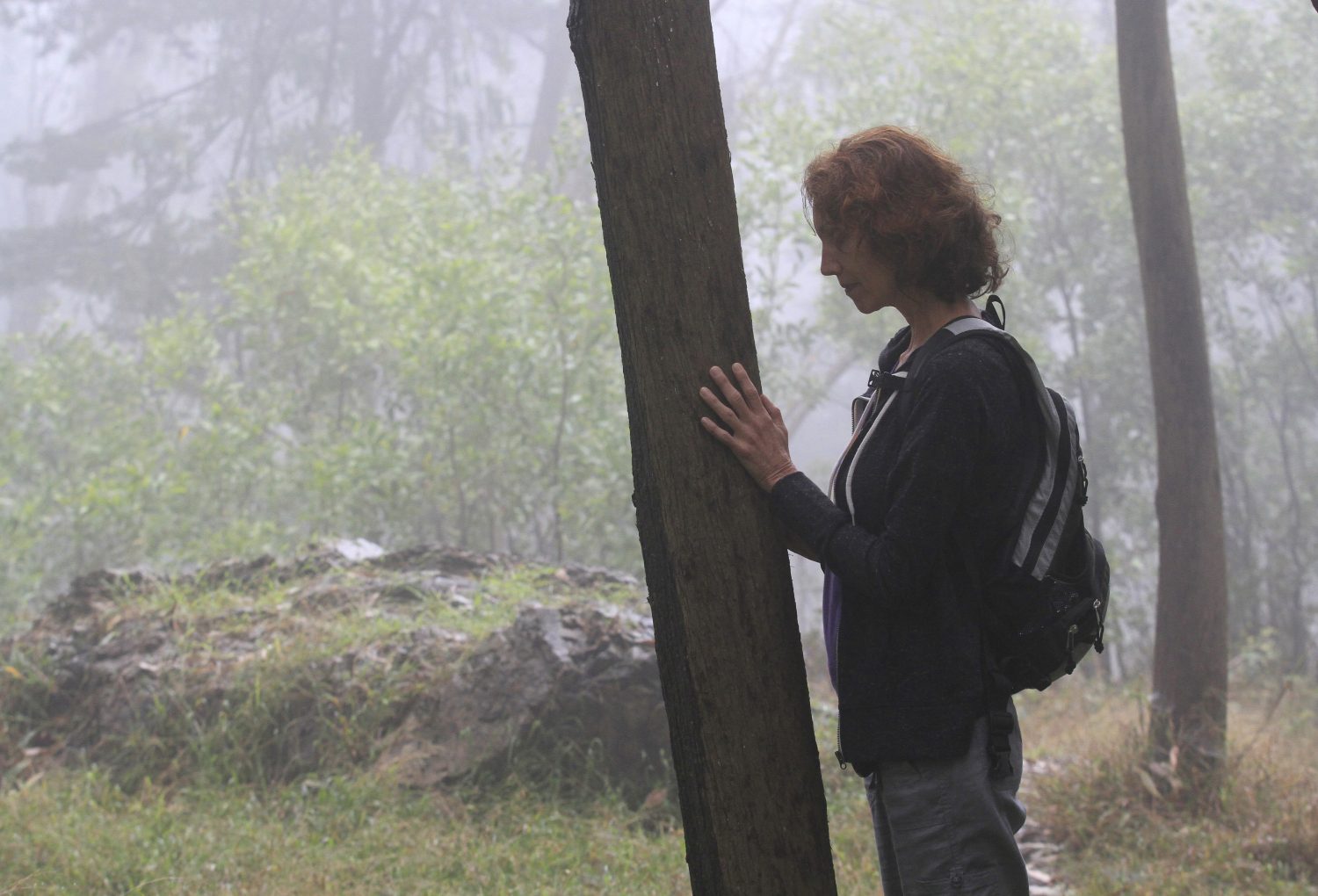Let’s admit it: When it comes to outdoor recreation, Coloradans are a prideful bunch. We check off fourteeners from bucket lists with bravado, rip through mountains on bikes and challenge ourselves on the slopes.
But the latest outdoorsy trend gaining traction in Colorado — forest bathing — is all about slowing down (way down), trading elevation gains for slow-paced walks in the woods and simply connecting with nature.
“We don’t go far and we don’t travel fast,” said Kayla Weber, who is based in Vail and leads forest therapy outings. “We take the opportunity to slow down and connect back to our surroundings.”
While you intuitively know spending time in nature feels good, several studies underscore the health benefits of forest bathing, a practice that originated in Japan in the 1980s as a form of preventive health care.
Here’s what you need to know about forest bathing, including where you can practice the Japanese concept in Colorado.
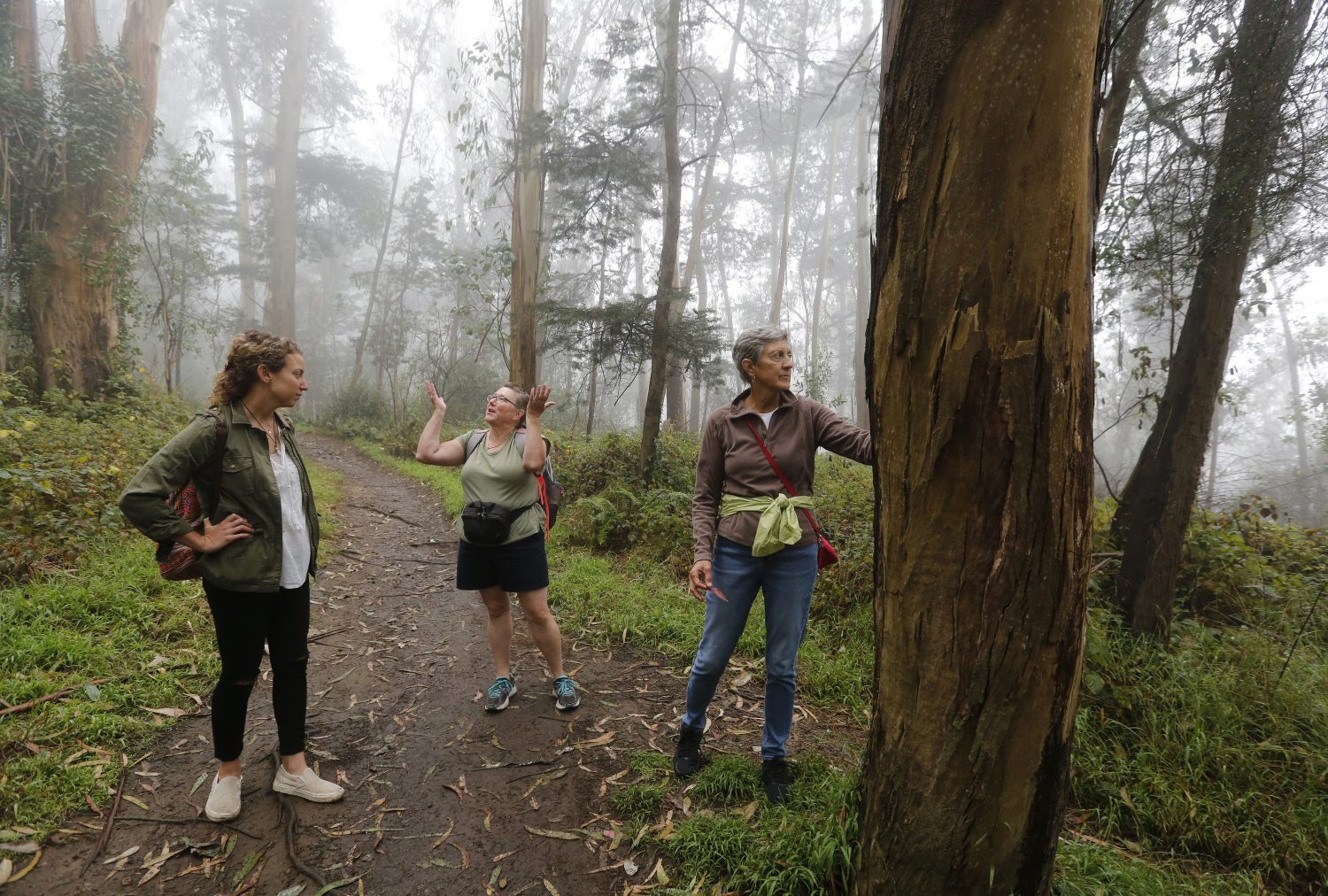
What’s forest bathing?
Forest bathing, despite how it sounds, isn’t about showering in the rain or taking a dip in a lake after a night of camping. Rather, the term stems from the Japanese concept of shinrin-yoku, which means “to bring in the forest.”
Think of it this way, experts tell us: Forest bathing is all about soaking up your natural surroundings — the sights, the sounds, the smells, along with the essential oils that trees emit.
“Our bodies have not forgotten nature is home,” explained Tina Fields, a professor in the ecopsychology master’s program at Boulder’s Naropa University.
While it’s great to get out of the city and enjoy the wilderness, you can practice the principles of forest bathing on a daily basis by taking a break from work and sitting by a tree for 10 minutes or so, Fields said. Animals and birds will start to notice you and get closer to you over time, she added.
The whole idea with this concept?
“Put your screens down, go outside and pay attention,” Fields said.
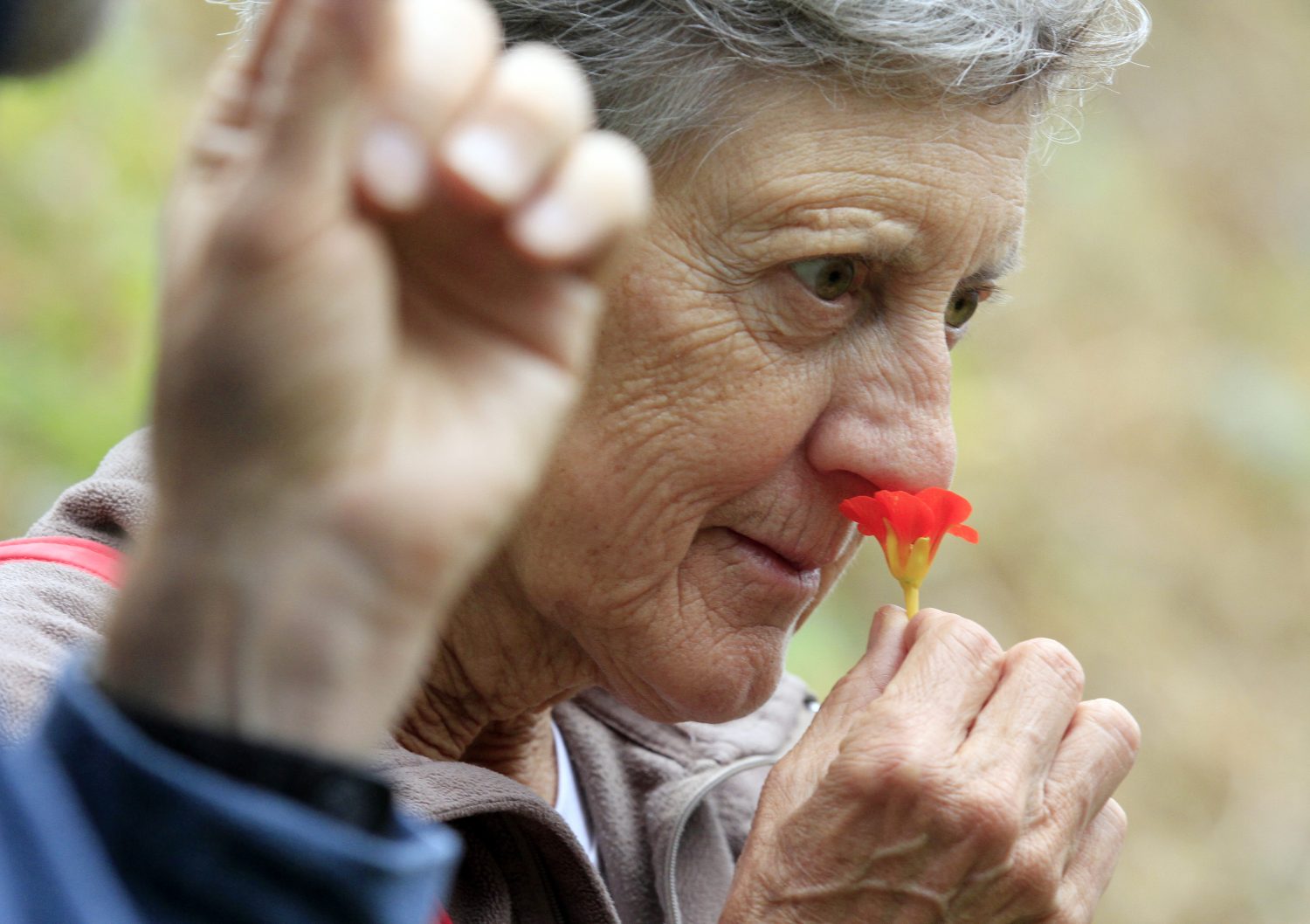
What are the health benefits of forest bathing?
While forest bathing has long been popular in Japan, it wasn’t until 2013 that North America welcomed its own chapter of the International Society of Nature and Forest Medicine. Here in Colorado, the Association of Nature and Forest Therapy will hold a week-long intensive forest therapy guide training at Shadowcliff Mountain Lodge near Grand Lake in early September.
But helping further drive the trend in the United States is a growing body of research that proves connecting with nature is good for our bodies and our brains.
For example, a 2010 study published in the Environmental Health and Preventive Medicine scientific journal involved 280 healthy people in Japan who walked through forests as part of the experiment. The researchers found that being among nature lowered the concentrations of cortisol, a stress hormone, and also lowered blood pressure and pulse rate.
Last year, a review published in the journal Environmental Researchrevealed that exposure to greenspace can reduce the risk of type 2 diabetes, cardiovascular disease, premature death, stress and high blood pressure.
Recognizing the wellness benefits of forest bathing, the city of Boulder has been incorporating forest bathing hikes into its programming that’s available to the public.
David Ford, recreation coordinator of Boulder’s Open Space and Mountain Parks department, leads the hikes. When he’s scouting spots to go for nature walks, he’s engaging the senses, listening for birds to set a soundscape and smelling the almost vanilla-butterscotch oils emitted by ponderosa pines.
“Doing a mindful walk allows us to get in touch with nature and to notice the blades of grass moving, the insects going from flower to flower, hearing bird calls,” Ford said.
The deep connection, he said, calms the buzz and chatter of our brains, which spends so much time focusing on emails and appointments.
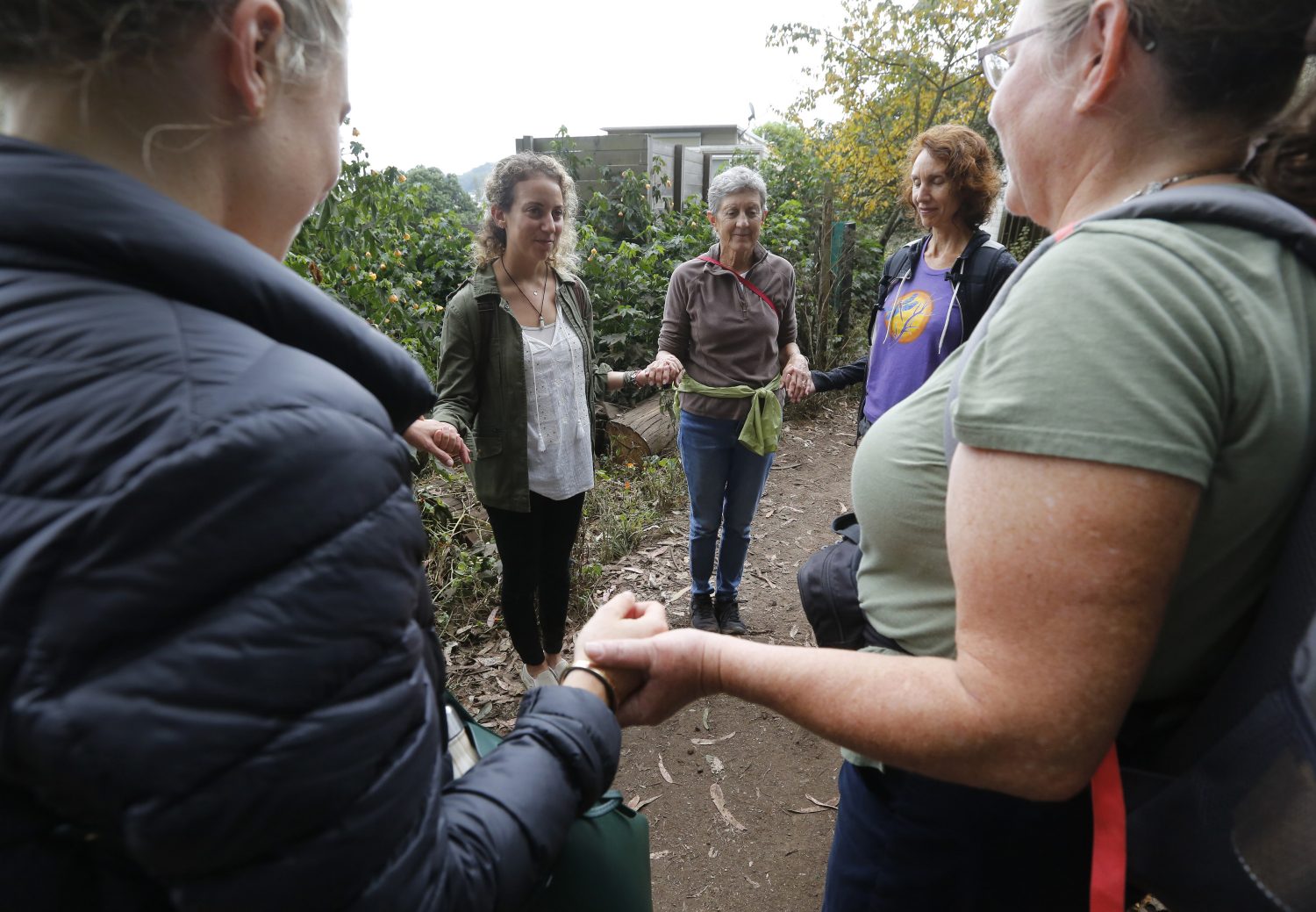
Where can you enjoy forest bathing in Colorado?
The short answer: Just about anywhere there are trees! Distance-wise, it’s OK if your fitness tracker says you’ve only gone a quarter of a mile or so.
However, Colorado’s terrain does pose a challenge, Weber explains. Forest bathing done right lowers your blood pressure and heart rate, and many of our state’s trails have elevation gains and losses.
“The goal is to find those rolling, relaxing trails,” Weber said.
Here are a couple ways you can learn more about forest bathing:
- Guided walks near Vail: Weber plans to offer guided, monthly forest bathing events throughout the summer. The events will be about 2.5 to 3 hours and start at $25 per person. More info: sftjgriefsupport.org.
- Nature walks in Boulder: The city of Boulder offers free, weekly nature walks that are open to the public (you don’t have to be a Boulder resident) throughout the summer. The city advertises its walks on naturehikes.org. You can also visit the Open Space and Mountain Parks website at bouldercolorado.gov/osmp.
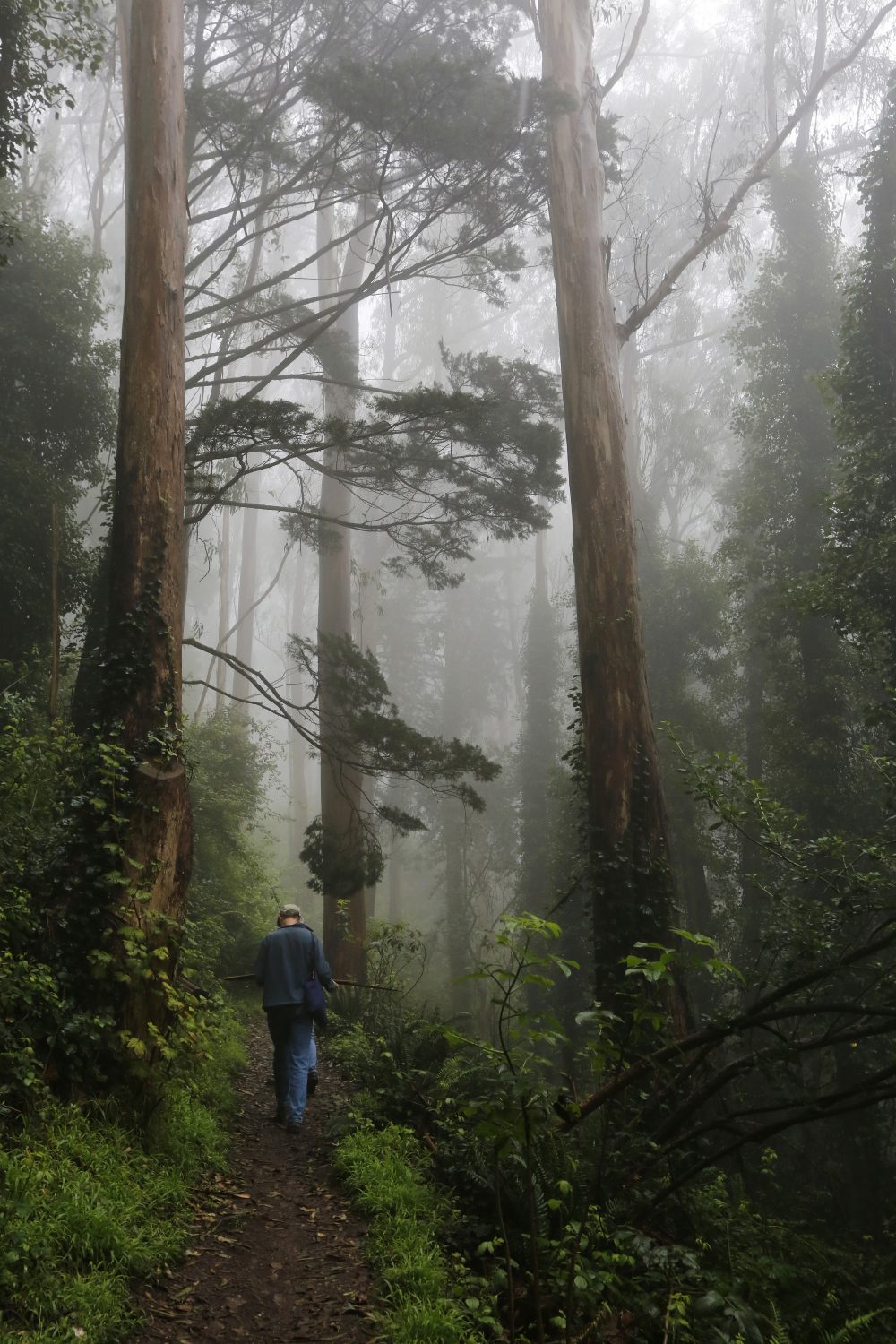
Source: Forest bathing: What is it and where to do it in Colorado

